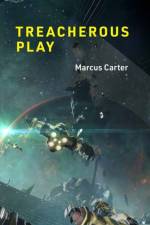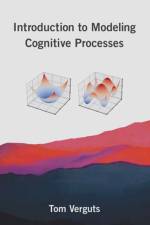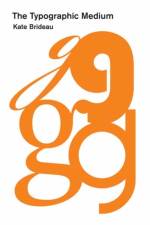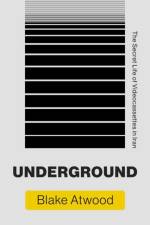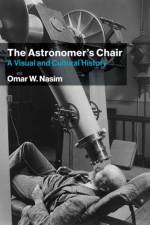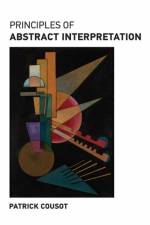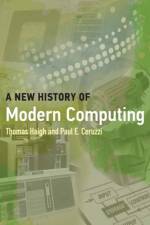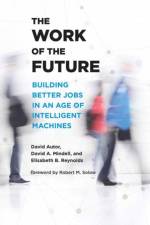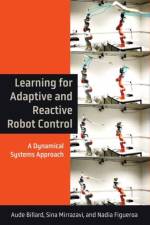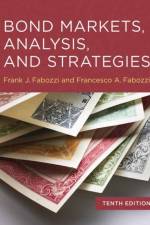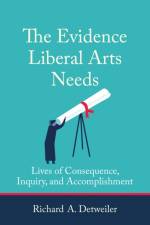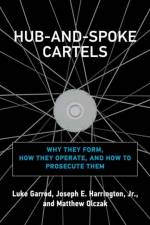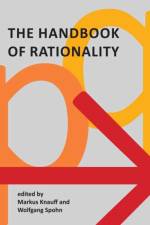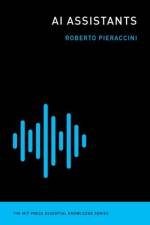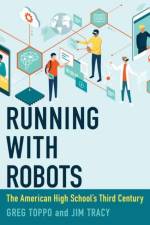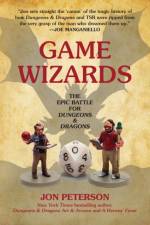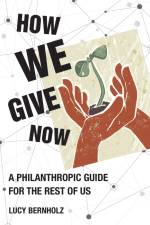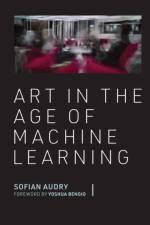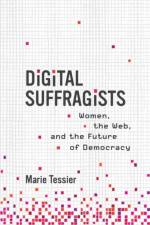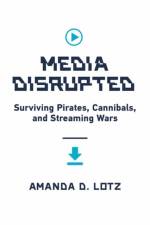- Behind the Lines at Drawing Matter
av Philippa Lewis
405
The imagined histories of twenty-five architectural drawings and models, told through reminiscences, stories, conversations, letters, and monologues.Even when an architectural drawing does not show any human figures, we can imagine many different characters just off the page: architects, artists, onlookers, clients, builders, developers, philanthropists—working, observing, admiring, arguing. In Stories from Architecture, Philippa Lewis captures some of these personalities through reminiscences, anecdotes, conversations, letters, and monologues that collectively offer the imagined histories of twenty-five architectural drawings. Some of these untold stories are factual, like Frank Lloyd Wright’s correspondence with a Wisconsin librarian regarding her $5,000 dream home, or letters written by the English architect John Nash to his irascible aristocratic client. Others recount a fictional, if credible, scenario by placing these drawings—and with them their characters—into their immediate social context. For instance, the dilemmas facing a Regency couple who are considering a move to a suburban villa; a request from the office of Richard Neutra for an assistant to measure Josef von Sternberg’s Rolls-Royce so that the director’s beloved vehicle might fit into the garage being designed by his architect; a teenager dreaming of a life away from parental supervision by gazing at a gadget-filled bachelor pad in Playboy magazine; even a policeman recording the ground plans of the house of a murder scene. The drawings, reproduced in color, are all sourced from the Drawing Matter collection in Somerset, UK, and are fascinating objects in themselves; but Lewis shifts our attention beyond the image to other possible histories that linger, invisible, beyond the page, and in the process animates not just a series of archival documents but the writing of architectural history.


